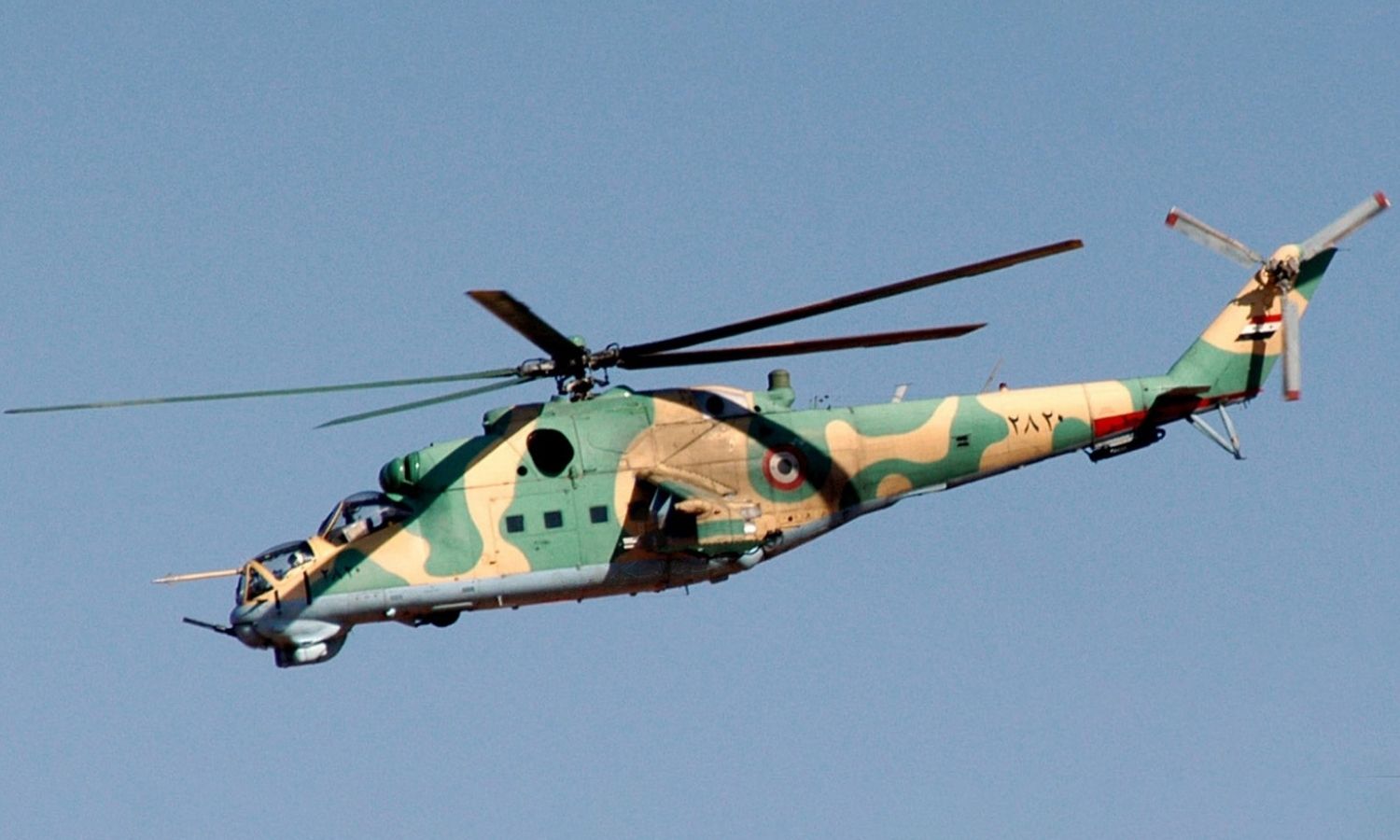
Technical failures, “aging”: regime warplanes fall

Enab Baladi – Hussam al-Mahmoud
Since early September, two regime military crafts crashed in northern and southern Syria, claiming that the fall was due to technical failures, which opens the door to questions regarding the quality and age of military airplanes, which remained trapped in their hangars for decades, before displaying its strength over civilian homes and infrastructure over the past 11 years during the Syrian revolution.
On 3 September, a military helicopter crashed during a training mission due to a technical failure northeast of the city of Hama, and its three-member crew was killed, the state-run news agency (SANA) reported, citing a military source.
This crash was preceded by two days of the downing of a warplane in the northeastern countryside of As-Suwayda city, according to local news pages, including the Suwayda24 news site, which published, on 2 September, photos it said were from the site of the plane crash in the vicinity of the town of al-Khalidiya, northeast of As-Suwayda.
The crash was probably a technical failure, given that the area where the plane fell did not witness any military operations at the time.
The Russian Sputnik news agency reported the crash of the warplane in As-Suwayda, but the regime’s media did not report the incident.
The weakness of the regime’s air force surfaced due to the military operations in Syria and the regime’s efforts to control by force, and this was clearly evident through the help of Russia and its continuous military intervention for seven years.
Russian aircraft carried out more than 100,000 combat sorties until 12 August 2021, according to statements carried by Sputnik about the commander of the Russian Air Force dispatched to Syria, Evgeny Nikiforov, on the occasion of the 109th anniversary of the Russian Combat Aviation Day, on the sidelines of a celebration held on this occasion in Hmeimim Air Base in Latakia countryside.
On 14 January 2016, Russia and the Syrian regime conducted joint air operations for the first time since the start of their intervention in Syria.
“Semi-expired” aircraft
The Russian forces use their aircraft separate from the regime’s, taking the coastal Hmeimim base in Latakia as a center for air operations.
In 2016, Russia constructed a slope of 250 m2 in Hmeimim, in addition to a row of fortified aircraft shelters in the northwest corner of the base, built between 2018-2019, to avoid drone attacks from opposition areas.
Military expert Tariq Haj Bakri told Enab Baladi that the regime’s air power is restricted to old and dilapidated aircraft, ranging in types between MiG-17 and MiG-29, which are considered the most modern warplanes the regime possesses, with the exception of some modern aircraft that were brought into Syria before the outbreak of the revolution.
Haj Bakri assured that most of these planes are expendable in Russia, and they are being retrofitted and then sent to Syria as new planes, and they are not keeping pace with modern aviation at the level of durability or technology.
In regard to the age of the aircraft used by the Syrian regime and putting it into service, the military analyst expected the presence of these aircraft in Syria before the outbreak of the October 1973 war, especially the MiG-21 and MiG-17, then the MiG-29 entered Syria in the 1980s, in addition to MiG-25, Su-24 and Su-22 aircraft.
The military analyst stressed that Moscow does not provide the regime with modern military equipment, as it provided Syria with the S-200 air defense system in the 1980s, although it was used by Russia in the 1960s.
With regard to the S-300 missile system, which an Israeli space intelligence company reported, last August, about withdrawing it from Syria, according to what was reported by Israeli media outlets, including The Times of Israel, Haj Bakri said that the system is old and not considered modern weapons for Moscow which has been using it for decades.
The military analyst underestimated the ability of this aircraft when entering a conflict with any country because the regime air force’s power has been depleted over the years during military operations against cities, villages, and towns.
He added that the aircraft are old and their engines are exhausted, amid huge difficulty to secure spare parts for maintenance, assuring that a warplane has a life and specific hours of daily operation that should not be exceeded.
Deceptive numbers?
The Syrian regime does not provide information or numbers about the military equipment it possesses, while the Global Firepower reported in June 2020 that the Syrian regime owns 456 military aircraft, which puts it in the 29th place in the air force globally, and 15th in the world in terms of military equipment.
The number of combat aircraft includes 199 combat aircraft, 20 of which are for attack, five for transport, and 67 for training, according to the military website.
The total number of helicopters is 165, including 27 attack helicopters.
The two planes that crashed in September are not considered the regime’s only air loss this year, as SANA reported on 17 February that two crew members were killed as a result of an “emergency landing” in the coastal area, while the photos attached showed the helicopter was completely crashed.
The defected military pilot, Youssef Hammoud, doubted the regime’s feasibility of repairing or rehabilitating the military aviation because the planes are “very old,” saying that maintenance would allow the plane to take off, but it would not give it a new life.
Hammoud pointed out that the Sukhoi-24 and MiG-29 are the latest models in the regime’s air force, and they are two old third-generation aircraft.
Hammoud also questioned the accuracy of the figures that spoke of 456 military aircraft with the regime during the years of the revolution, and he questioned the number of aircraft that were downed and that went out of service due to technical failures.
The regime possesses a squadron of nearly four aircraft, the MiG-29 at Sayqal (Al-Seen) military airbase, and a squadron of six Su-24 aircraft at T4 Airport east of Damascus.
The regime owns L-36 training aircraft at Dumayr air base and Shayrat airbase in central Homs governorate. There are also training aircraft and Mi-8 helicopters, which are very old, compared to An-124 helicopters, which are considered the newest in the regime’s air force.
if you think the article contain wrong information or you have additional details Send Correction
النسخة العربية من المقال
-
Follow us :
Most viewed
- Intentions for popular resistance amid Israeli escalation in southern Syria
- Al-Sharaa names new Syrian government
- Kurdish Protection Units: Key point of contention between Damascus and SDF
- Syrian returnees celebrate first Eid after liberation
- Syrians look forward to visiting graves of "martyrs" on Eid morning

















 A
A
A
A
A
A



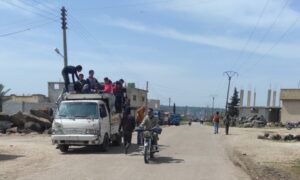
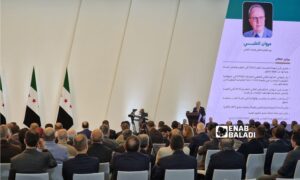
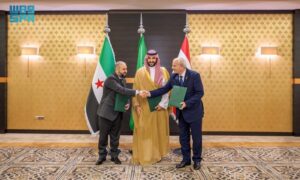
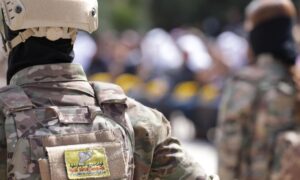
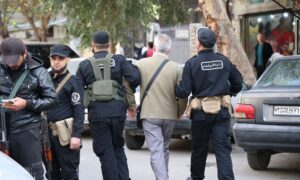
 More Politics
More Politics